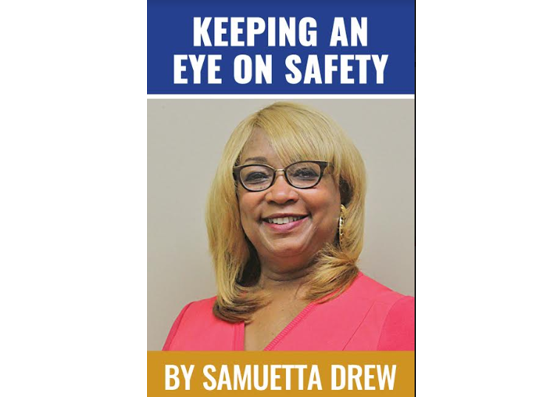
January is typically the coldest month in our region of the country. We see our lowest temperatures and often a wintery mix which may include rain and sleet with snow flurries at times. As humans we have pretty much mastered how to safely dress and behave under frigid weather conditions, but many pet owners have various questions on the best ways to protect their pets under these same types of weather patterns.
This month’s article will explore a variety of topics regarding safety during cold frigid winter weather. This week’s safety article will focus on winter safety protection for pets because winter can sometimes bring unexpected dangers for your pets.
Let’s start by outlining some safety protection measures for your pets beginning with:
When it is below 20 degrees Fahrenheit, it is wise to keep your pet indoors. Shorthaired dogs, cats and puppies should be kept indoors when the temperature falls below 40 degrees.
 Remember if it is cold for you, it is cold for your pets. (Adobe Stock)
Remember if it is cold for you, it is cold for your pets. (Adobe Stock)Be aware of salt and other ice-melting chemicals on the streets and sidewalks. They are an irritant to your pet’s paws and may cause injury if swallowed. Use a warm cloth to clean off any salt or chemical residues after a walk. Be first on your block to provide your dog with a set of booties to protect his/her paws from these types of harsh and cold chemicals.
Make sure outside water sources do not freeze over. Pets cannot burn the calories they need to stay warm without a fresh supply of water.
Check your garage and driveway for antifreeze. Antifreeze tastes sweet to your pet and most brands are very poisonous. Contact the veterinarian immediately if you suspect your pet has consumed antifreeze.
Pet grooming is very important; a matted coat will not protect your pet from the cold. Be watchful of ice or salt that may become entangled in long hair dogs and remove it immediately.
Remember if it is cold for you, it is cold for your pets. Pets are part of your family so let’s Keep an Eye on Safety for them during frigid temperatures.

 2 weeks ago
1
2 weeks ago
1










 English (US)
English (US)